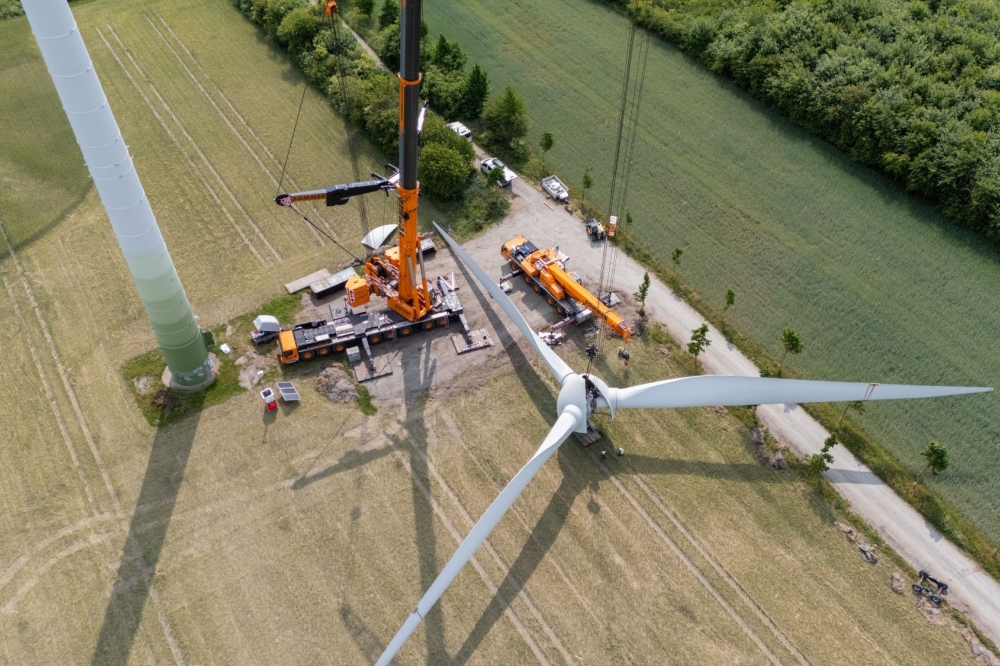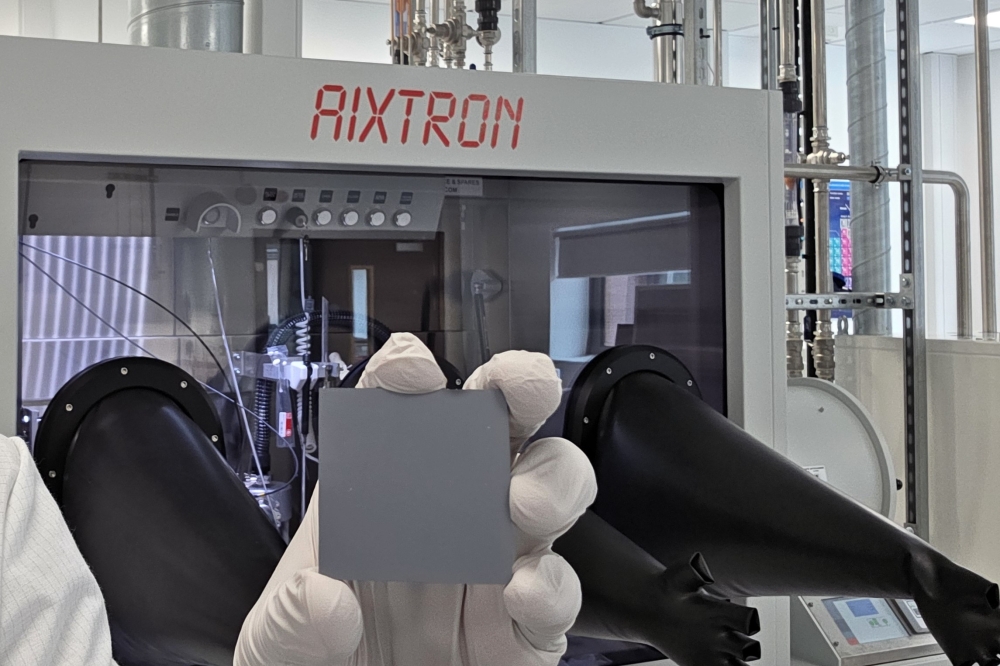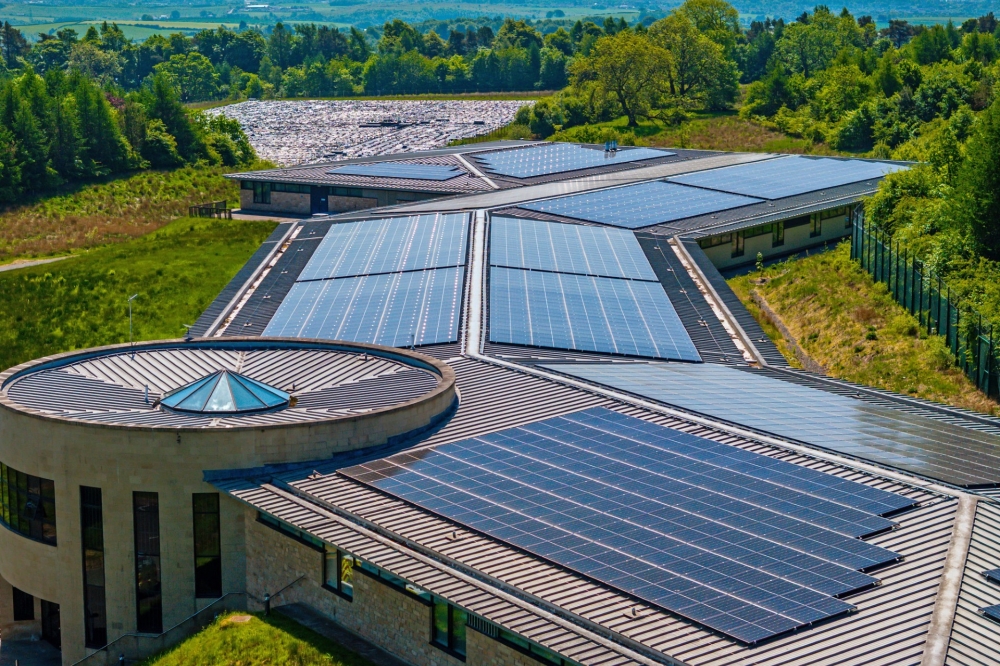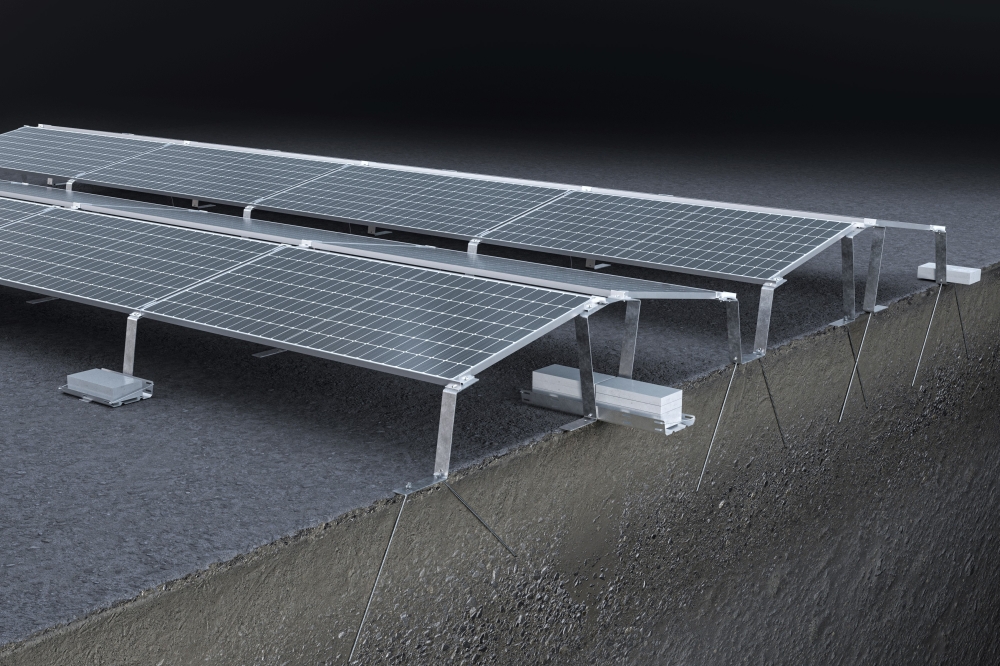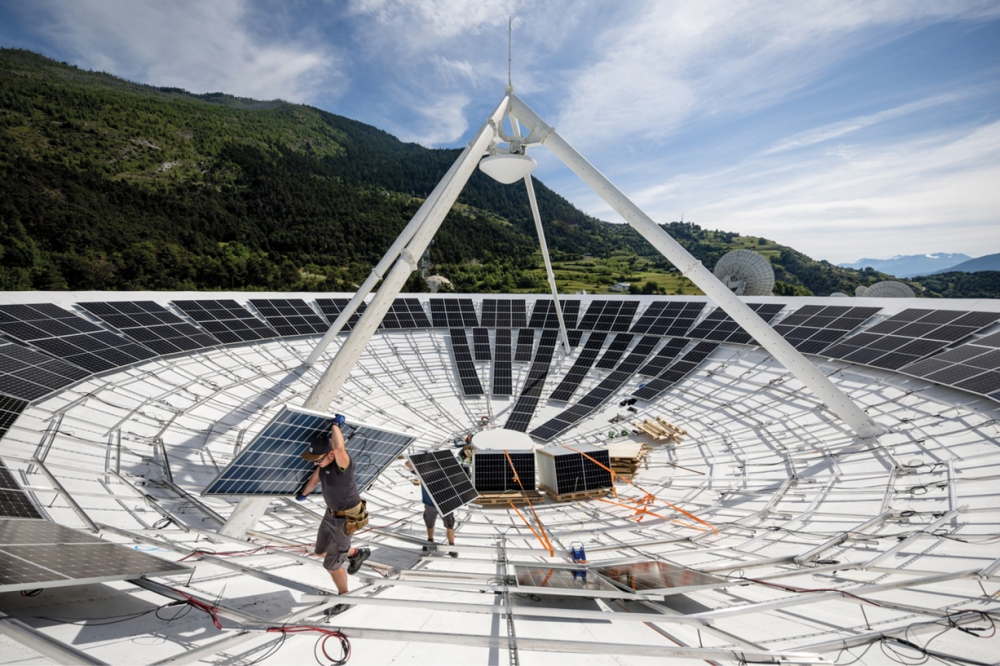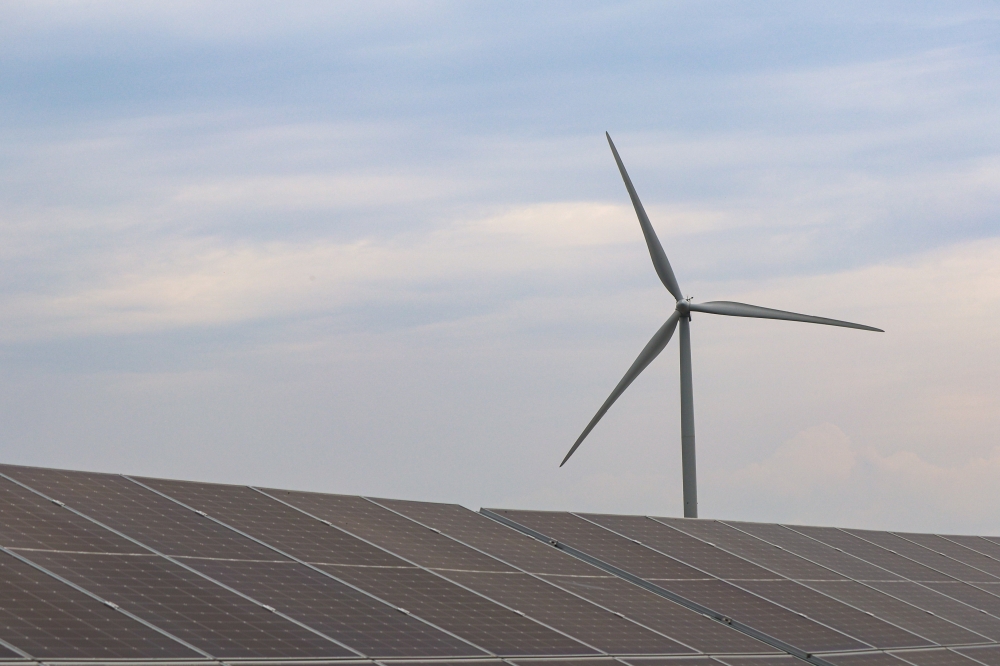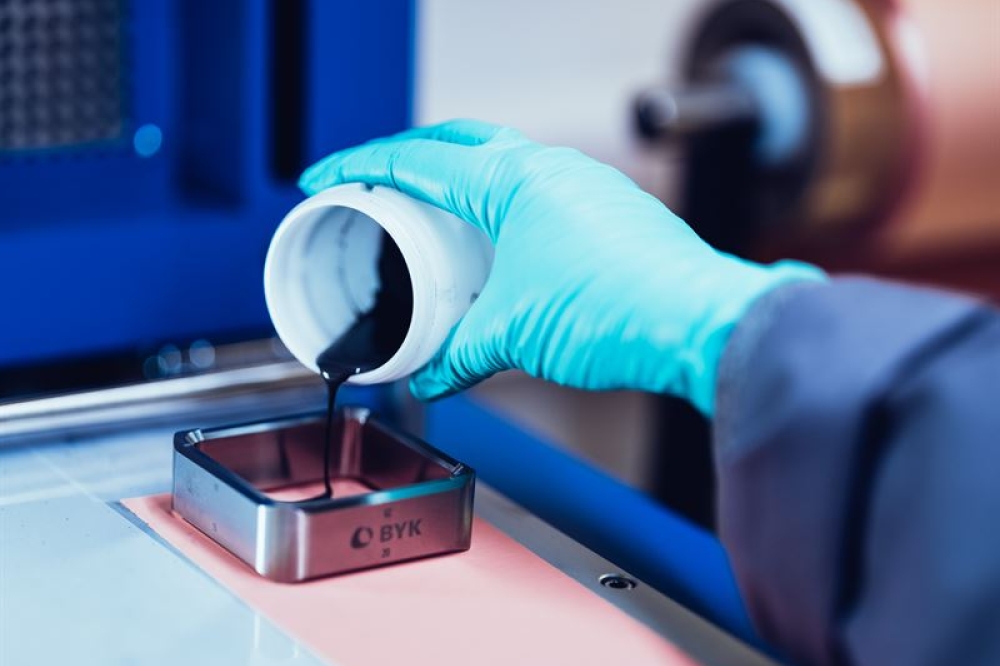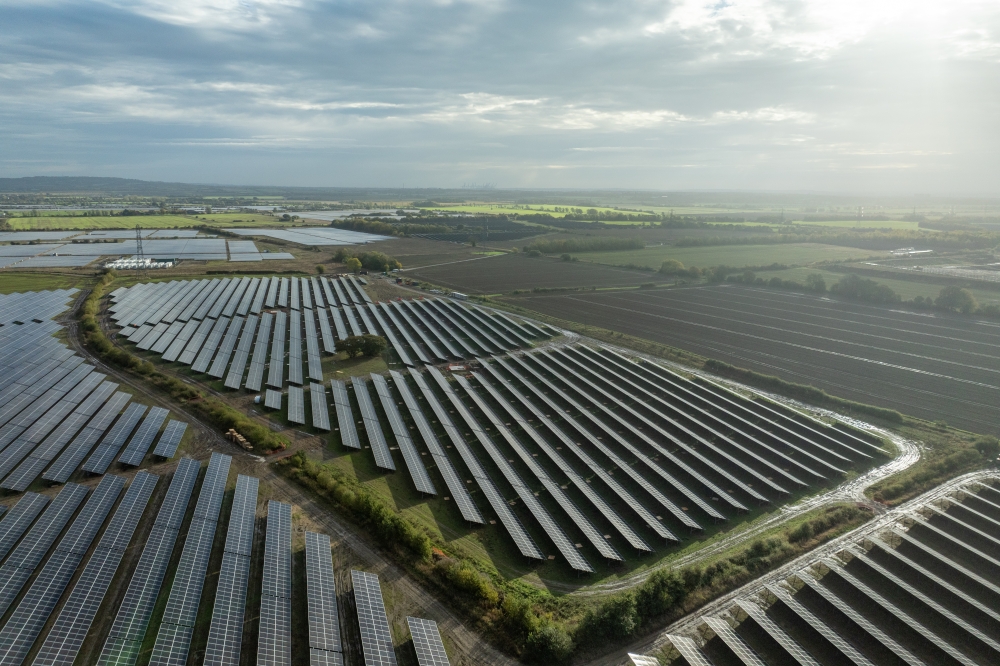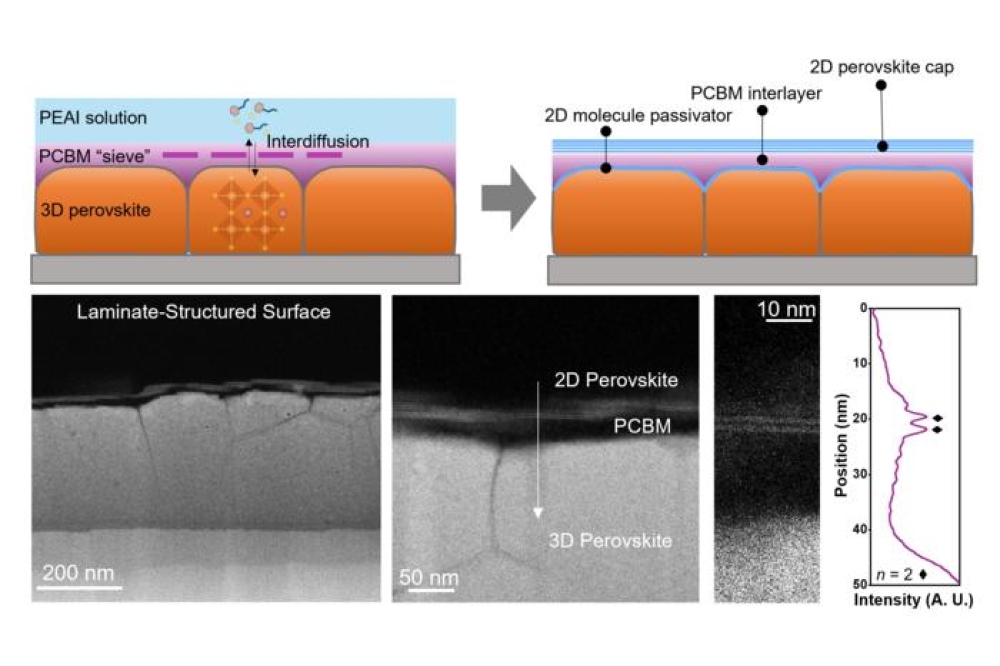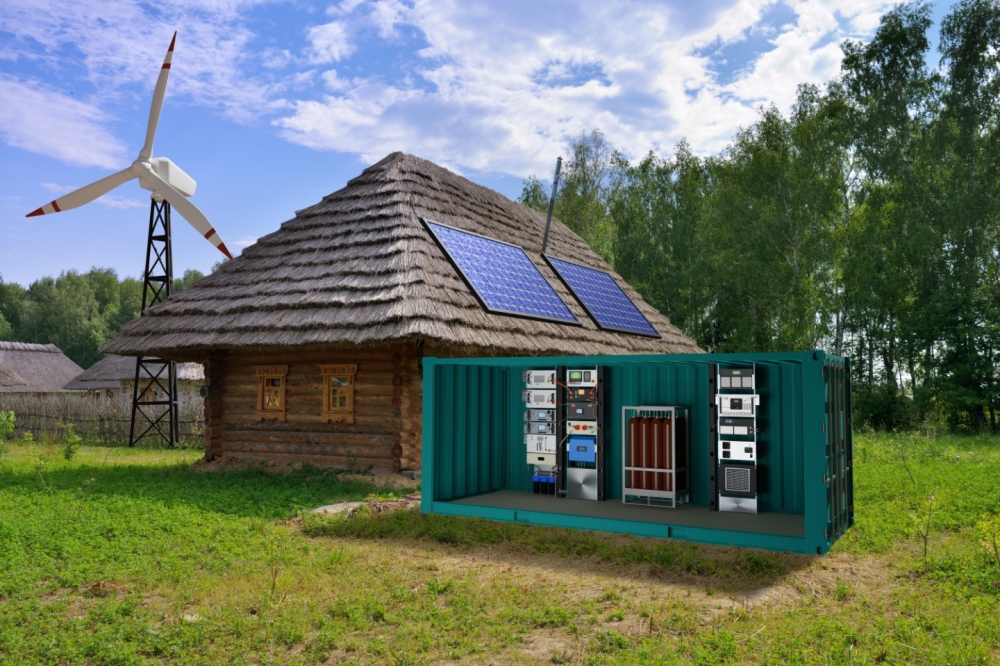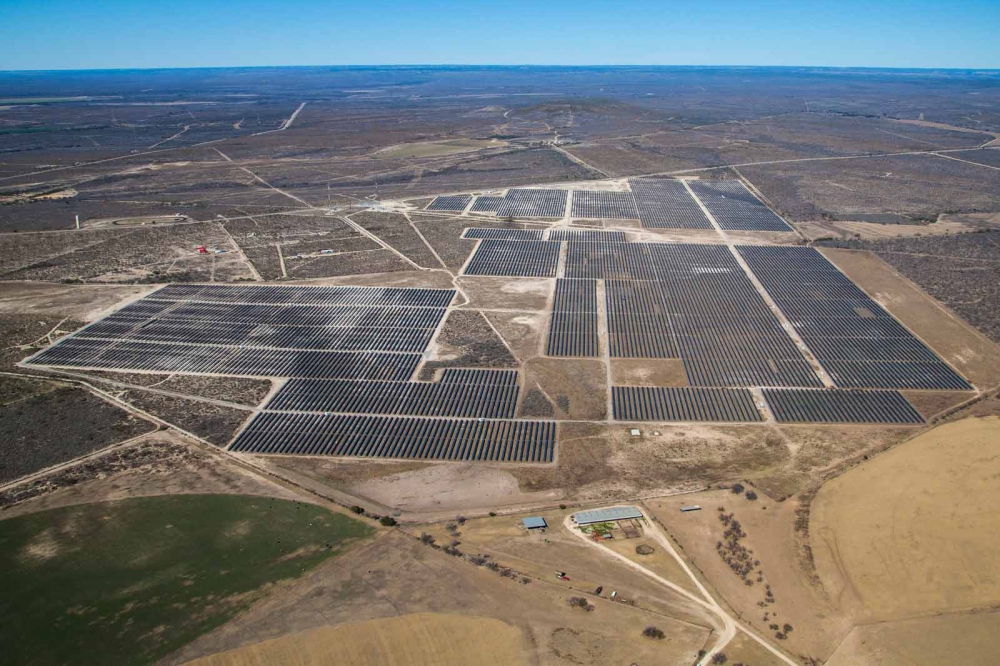Bringing perovskite solar indoors
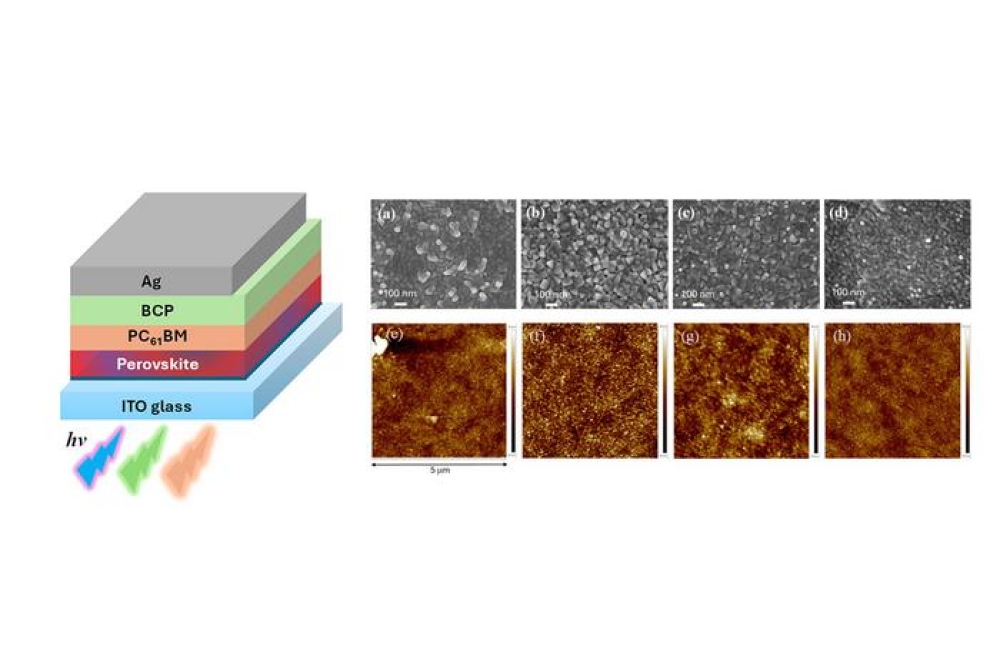
Researchers from National Yang Ming Chiao Tung University in Taiwan have created perovskite solar cells that effectively convert indoor lighting into electrical power.
They published the results 'Chelating agent-based defect passivation for enhanced indoor performance of wide-bandgap perovskite solar cells' on the 24th June 2025 in the journal APL Energy.
To make a solar cell able to convert indoor light to energy, the researchers needed to tune the bandgap of the composition of the perovskite. By adjusting the ratios of the molecules in the solutions used to make the perovskite layers of the solar cells, the researchers were able to achieve an optimal bandgap for absorbing indoor light.
“The indoor efficiency of PeSCs is higher, meaning that the photovoltaic products can be more suitable for versatile user scenarios, including cloudy outdoor, indoor, and other dim-light environments,” said author Fang-Chung Chen.
“Tuning the bandgap, unfortunately, accompanies a negative effect: It brings defects in the perovskite layers,” said Chen. “To compensate for the loss in efficiency, we propose one method for fixing the defects.”
Under the one standard sun illumination (close to 12,000 lux), the team’s perovskite cells achieved a PCE of 12.7 percent, which, compared to some of the highest PCEs of silicon solar cells of 26 percent, isn’t much. However, the PeSCs displayed an impressive PCE of 38.7 percent under 2,000 lux, which is a fraction of the light that comes from the sun on a sunny day and is a similar brightness level to those found in offices.
To Chen’s surprise, their strategy for passivating the perovskite layer, which makes it less susceptible to corrosion, also improved the overall PeSC’s stability.
“In the beginning, we only expected our approach could improve the device efficiency,” said Chen. “Because the poor reliability of PeSCs is a large challenge for their adoption, we hope our proposed method can pave the way toward the commercialisation of perovskite solar panels.”
Pictured above: The device layers of the perovskite solar cell, and the surface textures of the perovskite layers prepared under different conditions.


